Black leg of cabbage, signs of disease, treatment and prevention
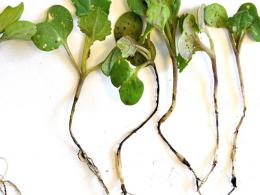
Growing cabbage, at first glance, is very simple. However, plants often suffer and die from diseases, one of the most common being cabbage blackleg.
The disease is typical for cabbage seedlings; infection occurs directly in the soil. If the spread of the fungus is not prevented, the affected plants are likely to die.
Content:
- Black leg of cabbage, description of the disease, what it looks like in the photo
- What symptoms can you use to recognize the disease?
- Treatment of cabbage for blackleg, what preparations are used
- Is baking soda effective against blackleg?
- How to use potassium permanganate for blackleg
- What is clubroot?
Black leg of cabbage, description of the disease, what it looks like in the photo
Blackleg disease is dangerous for cabbage seedlings. The disease is caused by a fungal infection of the soil. This fungus spreads quickly in the ground, affecting the root system, and many plants can die at one time.
It is important to understand that the fungus persists in seeds and soil for a long period of time, so if preventive manipulations are not carried out, the infection will continue to spread.
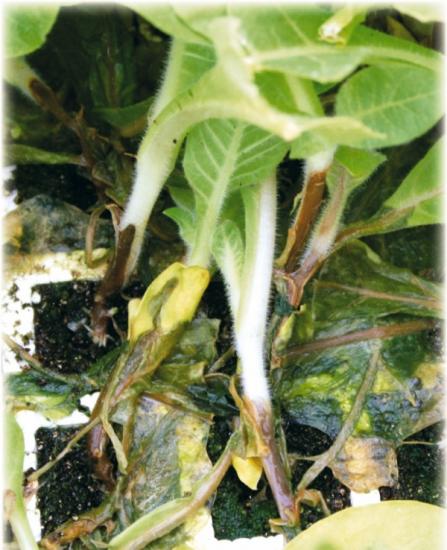
If you look at the photo, you can see that the disease turns the constrictions and stem black. Damage is especially observed in places where the stem comes into contact with the ground. The longer the infection lasts, the darker the color of the plants will be.
The most active stage of damage is the initial stage of development and growth of the crop, especially if cultivation is carried out at home.
The causes of the development of the disease are the following factors:
- Low temperature and poor lighting. The suitable temperature for seedlings is plus 27 degrees; the ground should be this warm for two weeks until the first seedlings hatch.
- A lack of light is often observed during the cold period of the year, at the beginning of spring, when the weather is cloudy and there is no sun.
- Excessive flooding and high humidity in the air or in the room, this causes dampness of the seedlings and the proliferation of fungus.
If you take care of these nuances in advance, you can protect the seedlings from death.
You will learn more about what black leg cabbage is by watching the video:
What symptoms can you use to recognize the disease?
The disease is manifested by the appearance of blackness or dark spots on the stem embryo, root system and root collar. Affected bushes hold weakly to the soil and are easily pulled out. If the disease is severely neglected, the seedlings begin to rot and subsequently die.
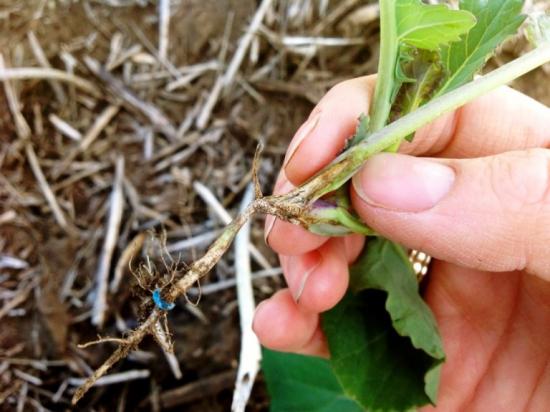
Massive damage often occurs in greenhouses or greenhouses, and in open areas the spread occurs to a lesser extent.
Treatment of cabbage for blackleg, what preparations are used
To prevent the development of the disease, it is important to treat the seedlings and soil at the initial stage of cultivation.
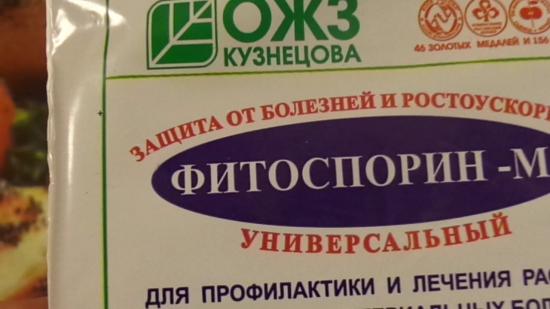
To do this, you need to use chemical and biological protective substances, here are the most effective:
- Liquid Fitosporin-M. It is classified as a biological agent; it creates a protective barrier, preventing fungal spores from penetrating and spreading.
- You can prepare a mixture based on clay (one kilogram), mullein (five kilograms) and 10 liters of water. It is very important in this case to maintain this proportion.
- Ash powder or river sand. Using these means, the root system is powdered.
- Sulfur. It belongs to a group of chemicals that are used to prevent infection. Approximately fifty grams of the substance are consumed per square meter of area.
- Iron sulfate, copper sulfate, Metadoxil and Khom. These solutions are considered weakly concentrated and are used only at the first symptoms of infection.
It is important to understand that chemical and biological agents have minor contraindications, so it is very important not to overdo it with the dosage. Some summer residents prefer to avoid such drugs for safety and use folk remedies to protect plants.
We invite you to watch an interesting video about the black leg of cabbage and the drugs that are used to combat it:
Is baking soda effective against blackleg?
Soda is considered effective in this matter, but it should be used immediately when primary symptoms are detected. The soda solution neutralizes the fungus and prevents its further reproduction.
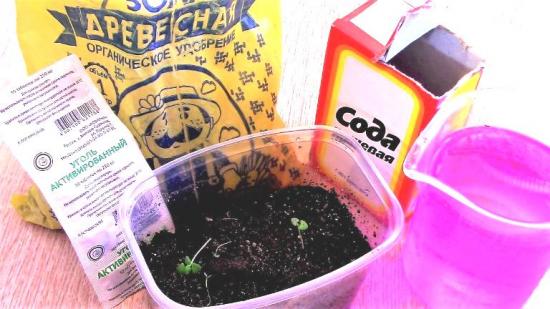
To prepare the substance, use half a liter of warm boiled water and a small spoon with soda. The resulting liquid is filled into a spray bottle and the procedure of spraying the outer leg and soil surface is carried out.
How to use potassium permanganate for blackleg
Potassium permanganate solution is used only for soil treatment. You need to act carefully so as not to spoil the seeds or seedlings.
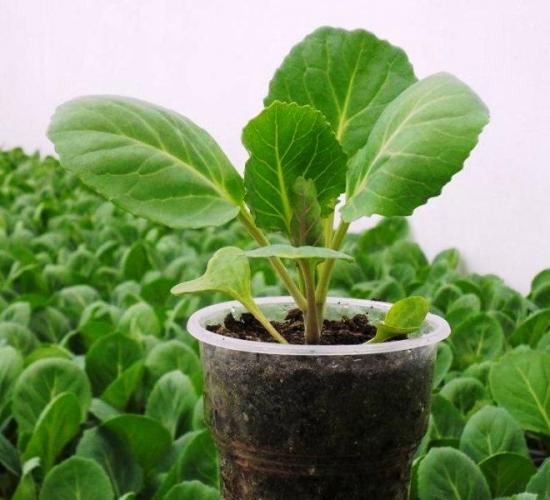
To prepare the necessary liquid, use a bucket of rain or melt water and 3 grams of dark pink potassium permanganate.
If the procedure is performed correctly, all fungi will be destroyed.
What is clubroot?
Clubroot is another common disease. This is a soil fungus that grows in acidic environments. The infection is transmitted by zoospores.
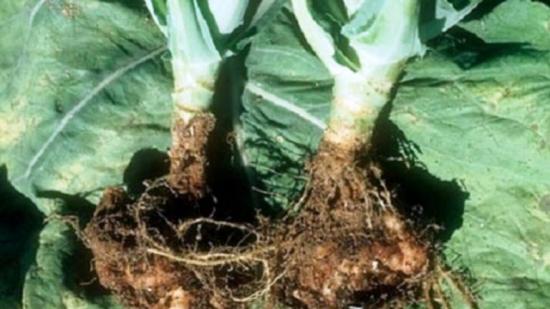
Symptoms of the disease are the formation of various growths. These growths destroy the hairs on the roots, thanks to which the vegetable receives nutrients and water from the soil. With a lack of water and nutrition, the head of cabbage develops poorly and eventually collapses.
Kila fungus survives in the ground for six years.
For treatment, various drugs are used, which can be purchased at specialized gardening stores.
So, black leg of cabbage is a fungal disease. If you do not provide the plants with the right help in a timely manner, the disease spreads quickly and the entire crop may die. Both chemicals and folk remedies are used for treatment; it is up to the owners to decide which methods are best to resort to.

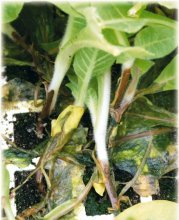
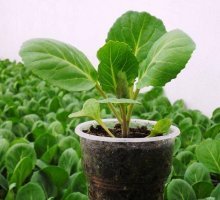
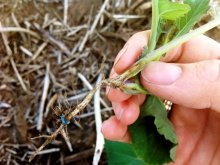

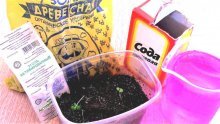
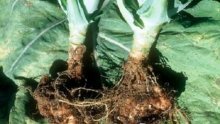

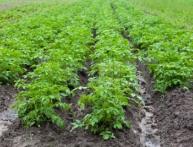

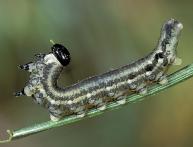

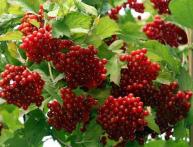


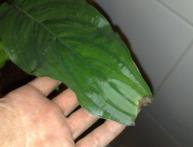
Comments
For several years now, to protect garden crops from various diseases, we have been spraying them with the biological preparation phytosporin. We dilute this product in water in the concentration indicated on the package and process it every 10 days. Our cabbage has a black stem and it has never hurt before.
If a black leg appears on cabbage, then you don’t really count on the harvest this year. Next year we will definitely change the place for the garden bed; this year we treat the plants with a solution of potassium permanganate, this allows us to save some of them.